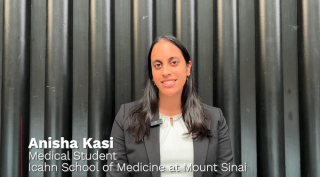
Cornea
Latest News
Latest Videos

CME Content
More News

Ophthalmologists discuss the most impactful advancements reshaping patient care over five decades.
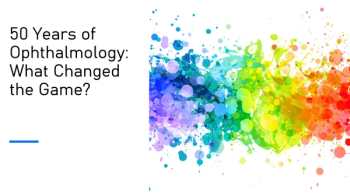
In honor of Ophthalmology Times’ 50th anniversary, anterior segment surgeons attending ASCRS 2025 weigh in on the innovations that defined modern ophthalmology.

A new study demonstrates that handheld nanopore sequencers can rapidly identify eye infection pathogens using only a patient’s tears.

RGN-259 is a thymosin beta-4–based eye drop designed to rival Dompé’s Oxervate, the only FDA-approved prescription eye drop to treat people with neurotrophic keratitis.
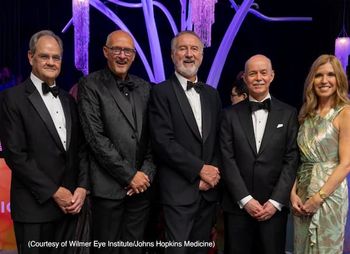
From Nobel laureates to AI-driven research, the Wilmer Eye Institute honors a century of transforming vision science and care.
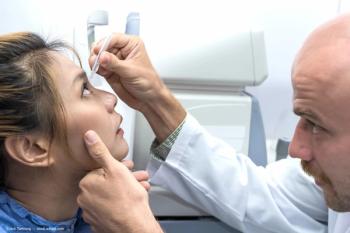
The trial is evaluating KB803 for the treatment and prevention of corneal abrasions in dystrophic epidermolysis bullosa
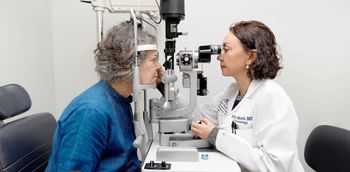
Q&A: Kira Manusis, MD, on how the Center for Refractive Solutions is redefining patient care at NYEE
As its director, Manusis outlines the facility’s role in delivering advanced, personalized solutions to improve vision and patient experience.
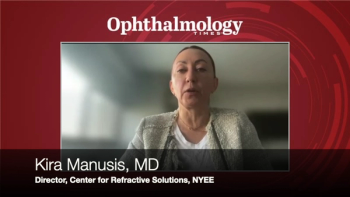
From laser vision correction to adjustable lens implants, the Center for Refractive Solutions at New York Eye and Ear Infirmary of Mount Sinai offers advanced options for every stage of life.

The center aims to optimize patients' vision with a range of cataract and corneal refractive procedures and minimize reliance on glasses and contacts.
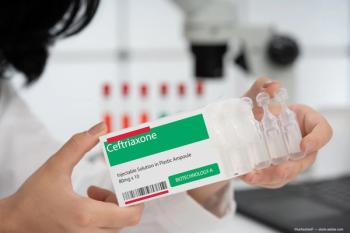
Compared with penicillin, investigators reported no significant differences in the incidence of ophthalmologic manifestations among patients treated with ceftriaxone.

Cabozantinib is a vascular endothelial growth factor receptor tyrosine kinase inhibitor, a drug used as a therapy for several malignancies.

TGFBI corneal dystrophy is a group of genetic eye disorders caused by mutations in the TGFBI gene, resulting in abnormal protein buildup in the stromal layer of the cornea.

On the heels of the drug's FDA approval, clinicians weigh in on acoltremon’s (Tryptyr) novel mechanism of action and its potential to address unmet needs in dry eye care

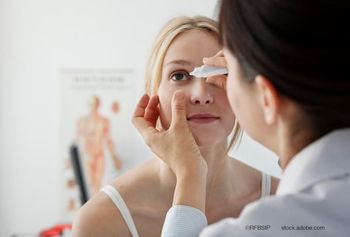
Weighing the benefits and trade-offs of preserved versus preservative-free glaucoma treatments is key to optimizing long-term patient care.

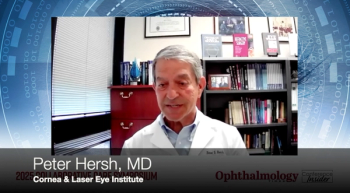





Early improvements in OSDI scores and tear osmolarity reinforce lifitegrast’s role in managing inflammation-driven dry eye disease.

A significant proportion of cataract surgery patients exhibit hyperosmolar tear film both before and 1 month after surgery, underscoring preoperative screening and postoperative management to optimize visual outcomes.

Viridian Therapeutics reveals promising long-term results for veligrotug in treating thyroid eye disease, highlighting its potential as a leading therapy.

A machine learning model incorporating treated astigmatism and nuanced inputs is advancing the precision and personalization of arcuate keratotomy planning







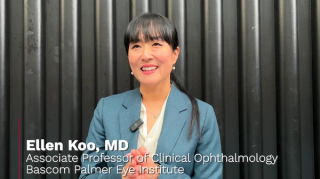



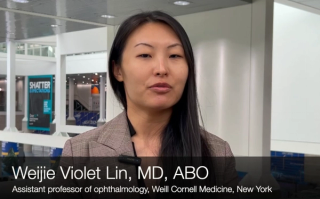
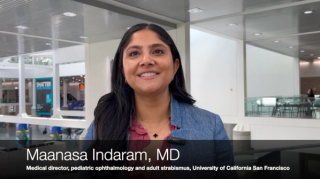













































.png)


